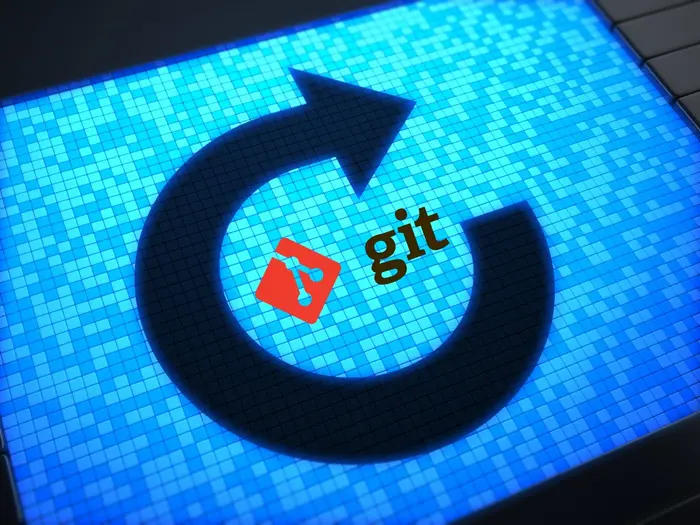
How to Fix a Mistaken Commit Immediately?
The Problem
Note: If you are looking to delete a pushed commit, please refer to this solution How to Delete a Pushed Commit?. The following article is only a guide to deleting a "not" pushed commit, yet somehow it often appears in the top Google search results. Thank you!
A daily task for programmers is to write code, and by evening before leaving, we often ask each other, "Have you committed the code yet?". Or sometimes we hear a quirky joke like, "Even if the sky falls, don’t forget to commit the code before leaving." Because of someone’s urgent push, after committing, you realize there’s another file you forgot to add with the commit. It’s really frustrating, but should you add another commit just to push it up to remote?
Many people choose to create a new commit to correct the mistake, but that might be unnecessary because you may not know that an unpushed commit can still be fixed. So how do you fix the commit immediately?
Adding New Content to the Commit
Git allows us to change the last commit with the command git commit --amend --no-edit.
For example, right after committing, you realize you forgot to add README.md:
$ git add README.md
$ git commit --amend --no-edit
And that's it, the changes in README.md are now included in the last commit.
Removing Content from the Commit
Similarly, if you accidentally added a file, you can remove it using git reset HEAD^ path/to/file.
For example, right after committing, you realize you mistakenly added README.md to the commit and want to remove it:
$ git reset HEAD^ README.md
$ git commit --amend --no-edit
Changing the Commit Message
Git also allows you to change the message of the last commit with the command git commit --amend -m <message>.
$ git commit --amend -m "edited message"
Soft Reset
This is a method when you want to roll back the last commit. That is, cancel the last commit but keep all changes in the staged state.
$ git reset --soft HEAD^
This command cancels the last commit and returns all changes to staged, allowing you to start committing again from scratch.
Deleting an Unpushed Commit Without Reverting
This method applies to cases where you just committed locally and have not pushed to remote.
$ git reset --hard origin/branch
With origin being the remote and branch being the working branch.
Note: A hard reset synchronizes the remote with the local. This means that whatever commits are on the remote will be brought down to local. All local commits that are not on the remote will be deleted. Be cautious when using this.
For example, if I just committed to develop and want to delete it:
$ git reset --hard origin/develop
The secret stack of Blog
As a developer, are you curious about the technology secrets or the technical debts of this blog? All secrets will be revealed in the article below. What are you waiting for, click now!
Subscribe to receive new article notifications
Comments (3)
Muốn sửa lại message của commit cũ ko phải commit gần nhất, thì làm sao ạ?
Muốn sửa lại message của commit cũ ko phải commit gần nhất, thì làm sao ạ?
Hơi khó em ạ, nếu thế em phải làm một số lệnh rồi force push lên remote. Mà để làm vậy thì tương đối khó, vì chẳng ai dám force push vì phát sinh nhiều vấn đề trong làm việc nhóm. Còn nếu dự án của em, một mình em làm thì em có thể force nếu muốn.
vậy dùng source tree cho dễ =)) cl rối rắm
vậy dùng source tree cho dễ =)) cl rối rắm
"Lưu ý rằng việc này cũng đồng nghĩa với những commit chưa push ở local sẽ bị mất hết và bạn sẽ phải viết lại.". câu này có nghĩa là những đoạn code thay đổi ở commit đó cũng mất hết à bạn
"Lưu ý rằng việc này cũng đồng nghĩa với những commit chưa push ở local sẽ bị mất hết và bạn sẽ phải viết lại.". câu này có nghĩa là những đoạn code thay đổi ở commit đó cũng mất hết à bạn
Đúng rồi bạn, vì lệnh đó là reset lại branch local cho giống y hệt remote nên commit bạn chưa push ở local cũng sẽ bị mất hết